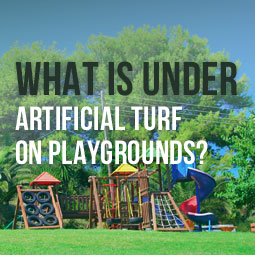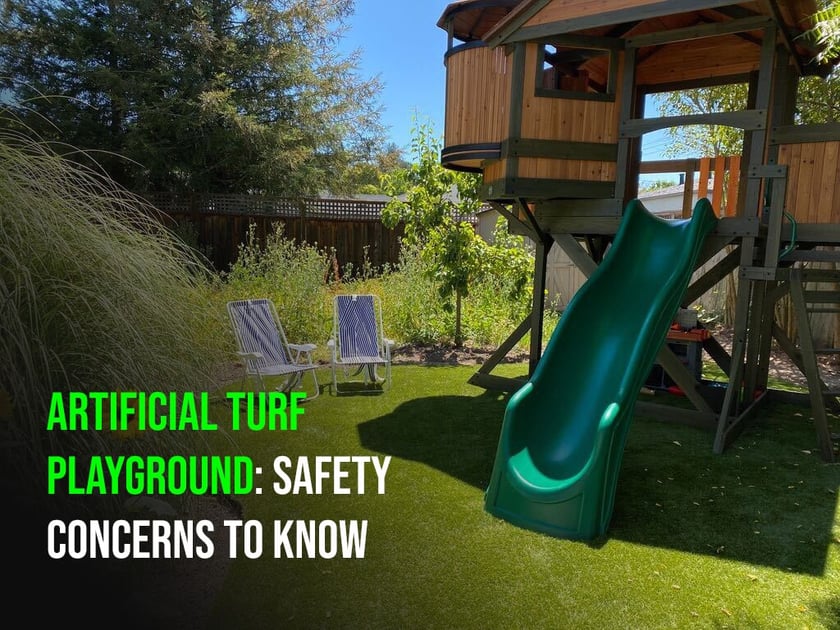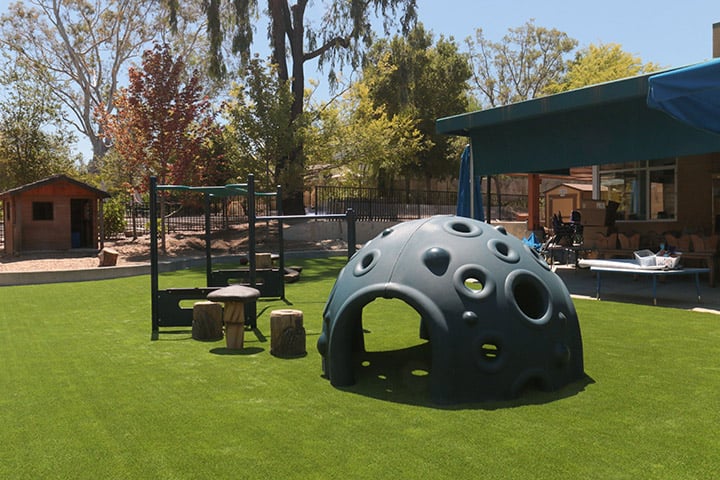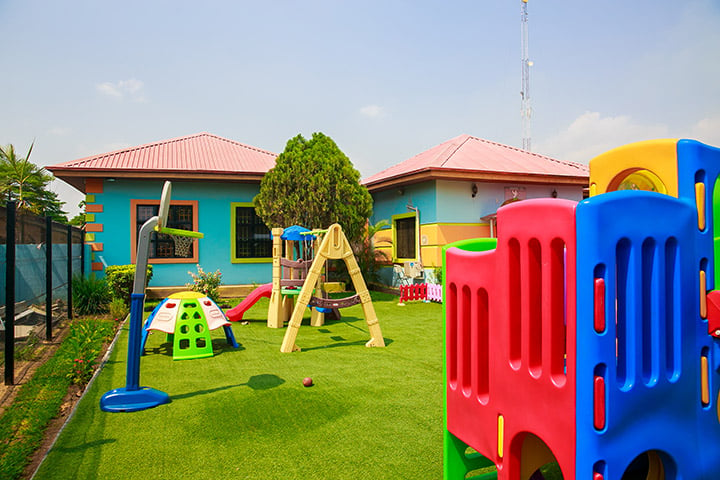 Artificial turf has become a mainstay when resurfacing playgrounds and recreational areas. It requires very little maintenance and will not be damaged by extremely heavy foot traffic. Parents can be assured that their children will have a safe surface to play on without fear of having their clothes stained or damaged if they fall. Artificial turf has many different layers that work together to create a play area that looks and feels natural, as well as safe to play on.
Artificial turf has become a mainstay when resurfacing playgrounds and recreational areas. It requires very little maintenance and will not be damaged by extremely heavy foot traffic. Parents can be assured that their children will have a safe surface to play on without fear of having their clothes stained or damaged if they fall. Artificial turf has many different layers that work together to create a play area that looks and feels natural, as well as safe to play on.
Surface
The surface of an artificial turf lawn is comprised of synthetic blades made of nylon and polyethylene fibers. The blades and mesh backing are extremely durable and resist tearing and other types of damage. Various types of infill can be used to stabilize the blades and add a natural feeling cushion to the play area. Crumb rubber, thatch, silica sand, zeolite, pea gravel or any combination of materials can be used to create a suitable infill that controls surface temperature, allows water to drain away and protects the children from falling on a hard, unyielding surface.
Leveling Material
Below the surface layer of the turf, an energy pad and a layer of leveling material is put in place. These two layers help to level out the surface and keep the artificial turf from contracting and expanding during extreme weather conditions. Maintaining a level surface is important when it comes to playgrounds and recreational areas. This helps to prevent tripping and provides a level playing surface.
Drainage
The backing or mesh layer of the artificial turf is full of numerous tiny holes that allow for drainage. In addition to that, beneath the layer of leveling material, a thick layer of drainage stone is put in place. This layer of small stones acts as a leach bed, allowing water to flow through the layers of stone, down into the drainage channels below. The material used towards the bottom also adds a level of cushion to the turf. Because it is permeable and similar to the composition of the soil, it is able to absorb cushion and support the drainage system without being compressed or compacted down. Drainage stones can be many different shapes and sizes so that they form a layer that is loosely packed. This allows for water to drain easily and prevents ponding on the surface.
Foundation
A natural subgrade is placed between the artificial turf and the actual soil. Although it is made of natural materials, it will not degrade and will remain in place for as long as the artificial turf is in place. The subgrade material is put in place as a barrier to prevent insects and other microbes from working their way up through the many layers of materials. This is also the last barrier against seeds from weeds and other plants that may work their way downwards.
Each artificial turf manufacturer has a different set of layers that they use to support their brand of artificial turf. Some layers are thicker than others but all provide for adequate drainage and leveling materials that keep the surface even so that tripping is not a factor. Every layer is carefully put in place to prevent uneven layers that could cause the turf to be lumpy or create a tripping hazard. The most important layers of materials involved in an artificial turf lawn are those that pertain to drainage. Sufficient drainage is required to control insects and the spread of germs. It is also important when the artificial turf is rinsed. Rinsing the turf once or twice a month helps to knock down dust and prevent residue from pet waste from building up and causing nasty odors.











